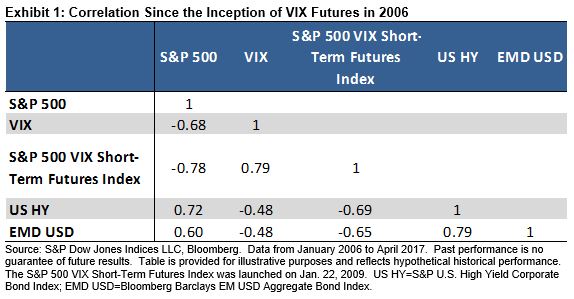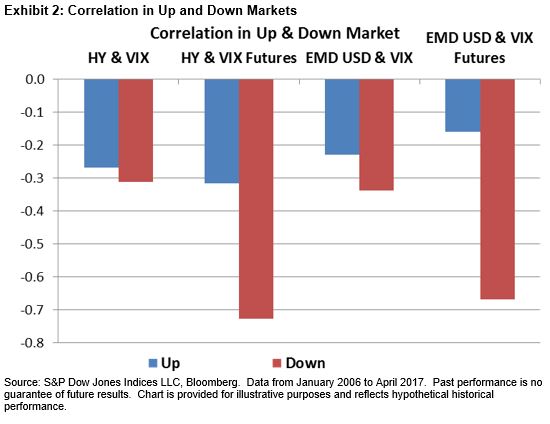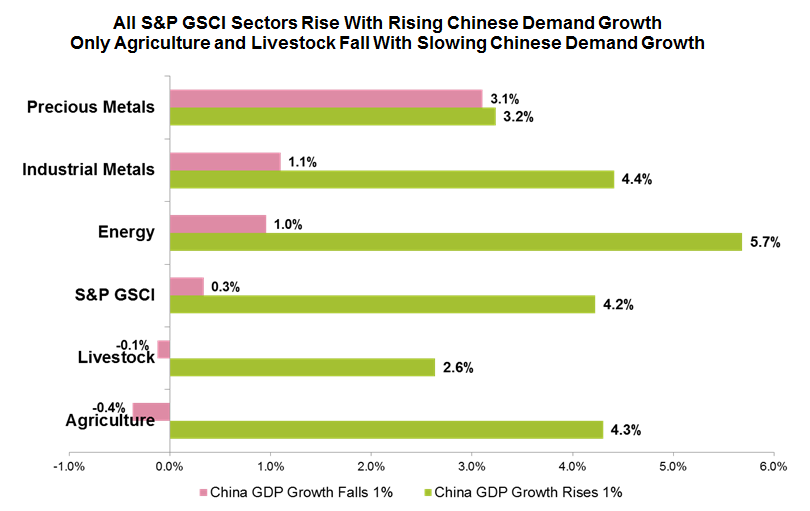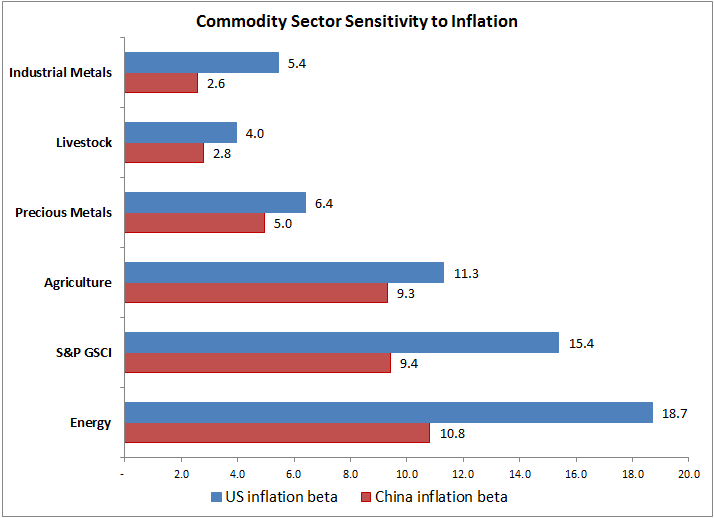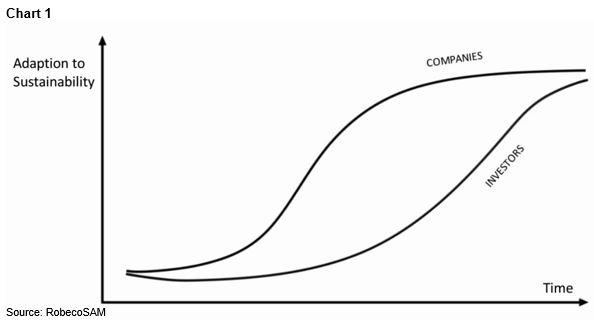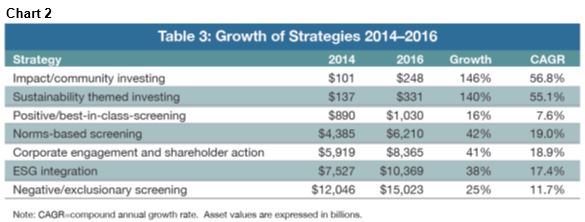This weekend’s Financial Times brought John Authers’ provocative article on the frequency of financial crises. Along the way, John gives us some excellent advice: “We should all work on the assumption that we do not know what will happen next.”
John’s view of crisis prediction applies equally to the quotidian work of investment management. Since we don’t know which styles or managers will be in favor next quarter or next year, how should investors manage their agnosticism? If we can’t know the future, we can at least rely on historical patterns of behavior. One such pattern, with a pedigree of more than eight decades, is the observation that most active managers underperform passive benchmarks. There are good theoretical reasons why this should be true, stemming most convincingly from the zero-sum nature of professional investment management. If I’m to be above average, someone else has to be below average, and the weighted sum of the winners’ outperformance is exactly equal to the weighted sum of the losers’ underperformance — before costs. The incremental costs of active management place active investors, as a group, at a permanent disadvantage relative to their passive competitors.
The theoretical argument is borne out by a virtual catalog of empirical data, most recently including our mid-year SPIVA report for the U.S. market. For the 12 months ended June 30, 2017, 57% of large-cap U.S. equity fund managers underperformed the S&P 500. Current results are somewhat worse for mid- and small-cap managers, and significantly worse across all cap ranges when the time horizon extends to three or five years.
We don’t know what will happen next year; we don’t know which active managers will outperform and which will fail. What we do know is that investors who put index funds at the core of their portfolios have outperformed most active managers most of the time. Investors who act accordingly have the odds on their side.
The posts on this blog are opinions, not advice. Please read our Disclaimers.




